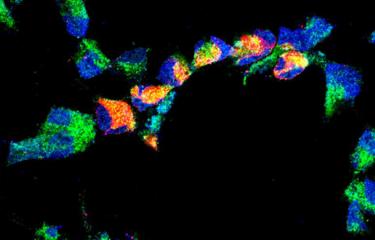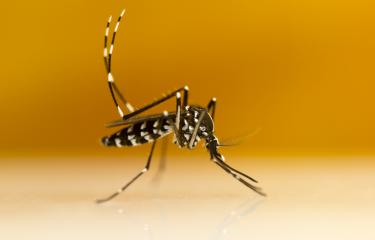Since the first cases of infection were identified in Brazil, in May 2015, the Zika virus has spread to over 46 countries in America. Several hypothesis are discussed to explain the extent of the epidemic and the rapidity with which the virus has invaded the continent. The transmission could be facilitated by the absence of immunity of the American populations as the virus comes from Africa but also by the coincidence of high densities of vector mosquitoes and human populations. However, a Brazilian team hypothesized transmission by mosquitoes different from Aedes: mosquitoes of the Culex genius. These mosquitoes are strongly present in urban areas where they live in water highly contaminated with organic matter (street gutter, wastewater treatment plants...). However, insecticides campaigns do not target these breeding sites because Aedes mosquitoes are absent of those.

A study made by the Institut Pasteur in collaboration with the Institut Pasteur in Guadeloupe and FioCruz, members of the Institut Pasteur International Network, has sought to test this hypothesis. The results of their study published in EuroSurveillance on September 1st, show that Culex pipiens and Culex quinquefasciatus, mosquitoes that are very common in human environment, are actually not able to transmit Zika virus. Isolation of the virus from mosquitoes’ saliva (biological proof of their capacity to transmit) were futile 21 days after female took infected blood. Even when they tried to force nature by direct inoculation of a high dose of virus into the mosquito, it was not possible to find it in the saliva.
In a study published in March 2016, the same Institut Pasteur International Network teams in collaboration with other partners had demonstrated that Aedes aegypti mosquitoes and Aedes albopictus from America were competent, although weakly, towards the virus. These mosquitoes are therefore primarily responsible for the transmission of Zika virus. They should be targeted in priority by vector control strategies along the lines of what is being done against dengue and chikungunya which are transmitted by the vectors.
-----------
Mis à jour le 22/09/2016







